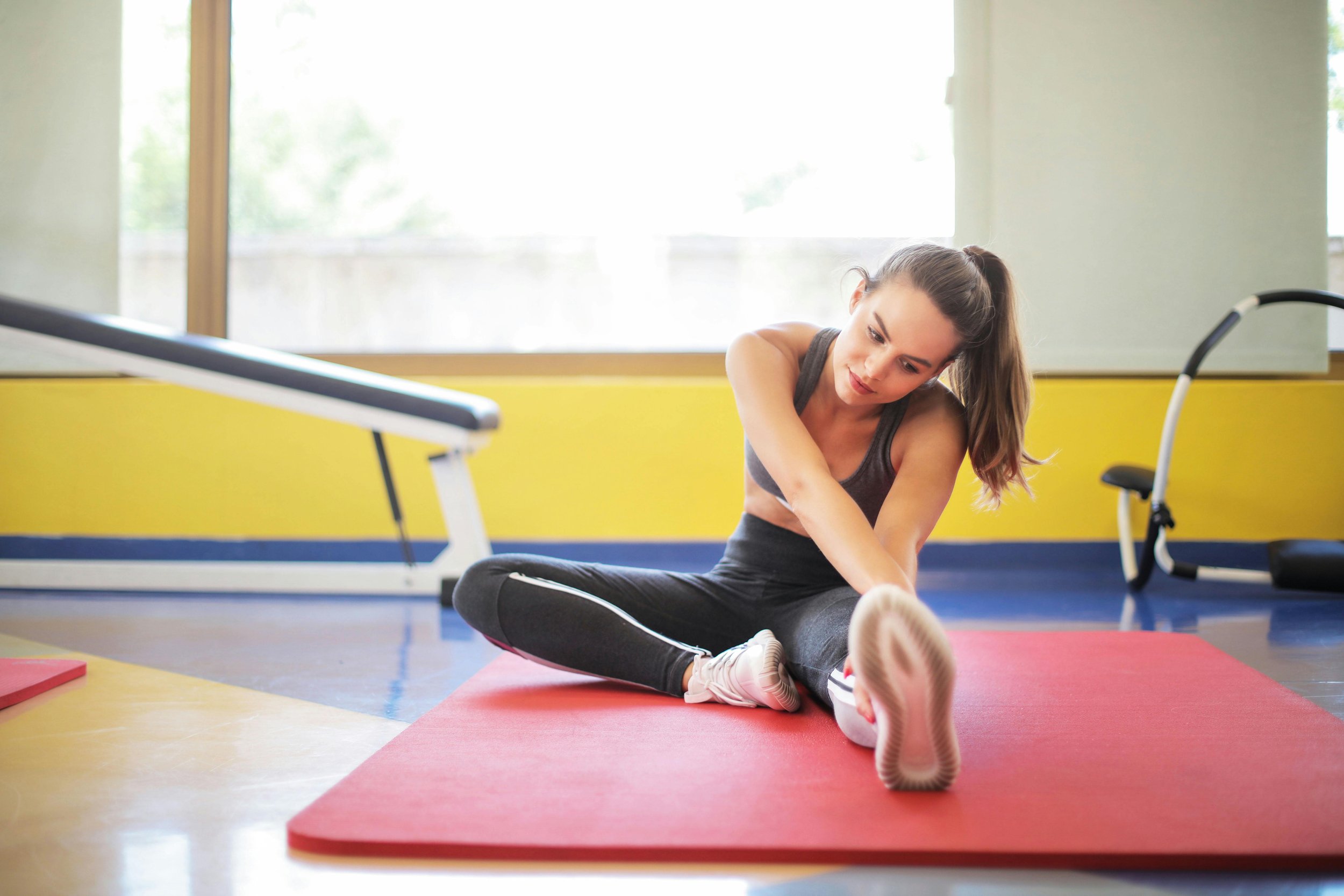The Importance of Stretching and Mobility for Summer Activities
Summer is a season filled with outdoor adventures and activities, which means you can't skimp on stretching and mobility. Whether you're cycling through scenic routes, hiking up challenging trails, or playing an intense game of beach volleyball, keeping your body flexible and mobile is crucial. This blog post explores the importance of stretching and mobility exercises, offering tips and routines to help you stay injury-free and enhance your performance in various summer sports.
Benefits of Regular Stretching and Mobility
Injury Prevention: Regular stretching and mobility exercises help maintain flexibility and range of motion in your joints and muscles. This reduces the risk of strains, sprains, and other injuries that can occur during physical activities.
Improved Performance: Flexible muscles and joints allow for better movement efficiency. This means you can perform movements with less effort, enhancing your overall athletic performance.
Faster Recovery: Stretching helps increase blood flow to your muscles, promoting faster recovery after workouts or activities. This is especially beneficial during the summer when you may be more active than usual.
Better Posture: Mobility work helps maintain proper alignment and posture. This is essential for avoiding discomfort and pain, particularly if you're engaging in activities that require prolonged periods of a specific posture, like cycling.
Specific Stretches for Popular Summer Sports
for Cycling
Quadriceps Stretching: Stand on one leg and pull your other foot towards your buttocks. Hold for 30 seconds and switch legs. This stretch targets the front of your thighs, which work hard during cycling.
Hamstring Stretch: Sit on the ground with one leg extended and the other bent. Reach towards your toes of the extended leg, holding for 30 seconds. Switch legs. This stretch helps maintain flexibility in the back of your thighs.
Hip Flexor Stretch: Kneel on one knee with the other foot in front, forming a 90-degree angle. Push your hips forward slightly while keeping your back straight. Hold for 30 seconds and switch legs.
for Hiking
Calf Stretch: Stand facing a wall with one foot in front of the other. Push against the wall and keep your back leg straight, heel on the ground. Hold for 30 seconds and switch legs. This stretch targets the calves, which are heavily used during hiking.
IT Band Stretching: Stand with your legs crossed. Lean to the side, away from the back leg, until you feel a stretch along the outside of your hip. Hold for 30 seconds and switch sides.
Hip Rotator Stretching: Sit on the ground with one leg extended. Cross the other leg over and place your foot flat on the ground. Twist your torso towards the bent knee, holding for 30 seconds. Switch sides.
for Beach Volleyball
Shoulder Stretching: Extend one arm across your body and use the opposite arm to press it closer to your chest. Hold for 30 seconds and switch arms. This stretch helps maintain shoulder flexibility, crucial for serving and spiking.
Groin Stretching: Sit with your feet together and your knees bent out to the sides. Hold your ankles and gently press your knees towards the ground. Hold for 30 seconds. This stretch targets the inner thighs, important for quick lateral movements.
Wrist Flexor Stretch: Extend one arm with the palm facing up. Use the other hand to gently pull the fingers back towards your body. Hold for 30 seconds and switch hands. This stretch helps maintain wrist flexibility, essential for ball handling.
Tips for Integrating Stretching and mobility into Daily Routines and Workouts
Warm-Up First: Always perform a light warm-up before stretching to increase blood flow to your muscles. This could be a few minutes of jogging, jumping jacks, or any low-intensity cardio.
Consistency is Key: Incorporate stretching and mobility exercises into your daily routine, even on rest days. Consistency will help you see long-term benefits.
Hold Each Stretch: Aim to hold each stretch for at least 30 seconds. This allows your muscles enough time to relax and lengthen.
Listen to Your Body: Never push a stretch to the point of pain. Stretch to the point of mild discomfort and gradually increase the intensity as your flexibility improves.
Combine with Strength Training: Pair your stretching routine with strength training exercises to build balanced muscles and improve overall mobility.
By prioritizing stretching and mobility exercises, you can enjoy your summer activities to the fullest, staying active and injury-free. Keep these tips and routines in mind as you head out for your next adventure, and feel the difference in your performance and recovery.
If you're looking to take this a little further, or have not incorporated this soon enough, schedule an appointment and let's get you headed in the right direction for the rest of summer!

